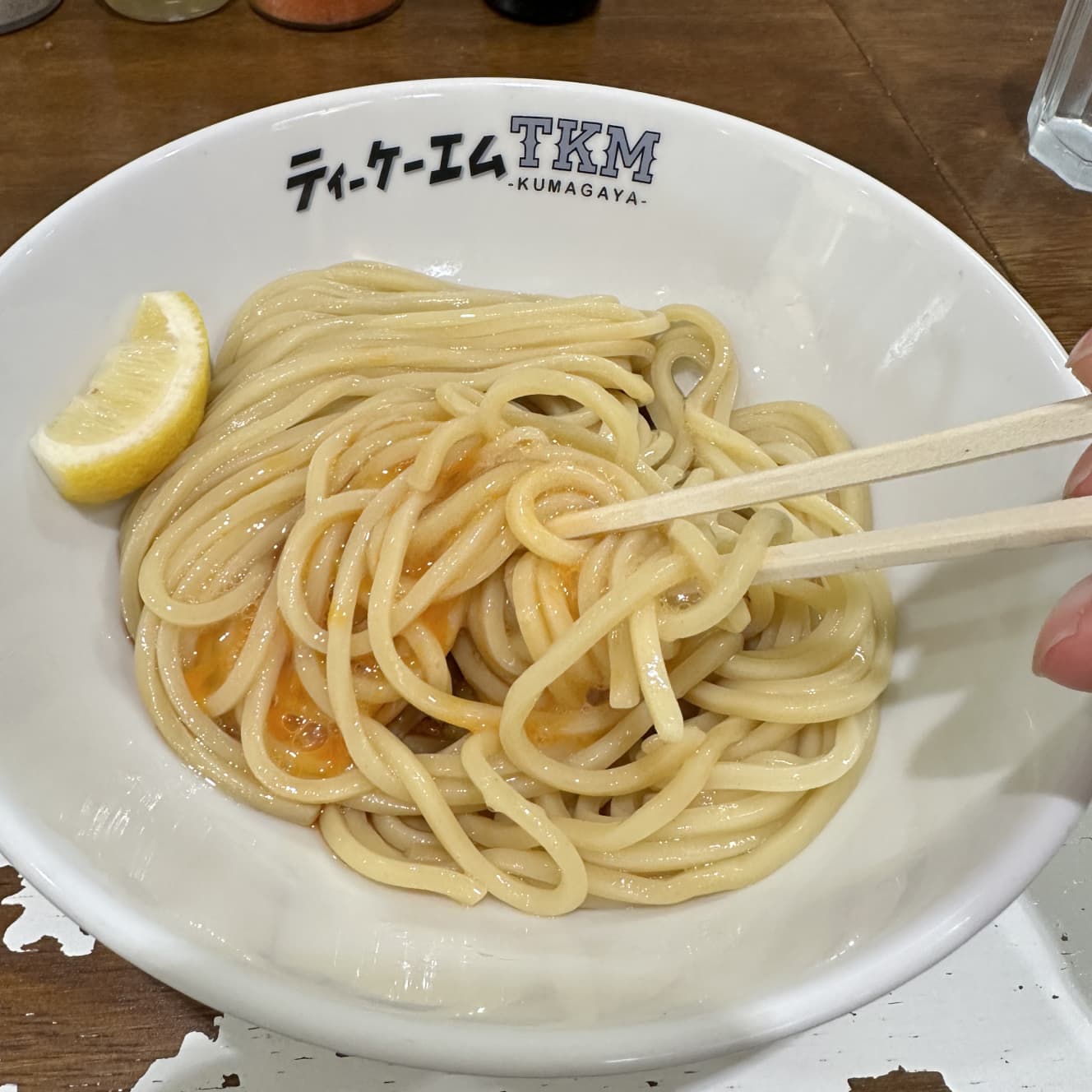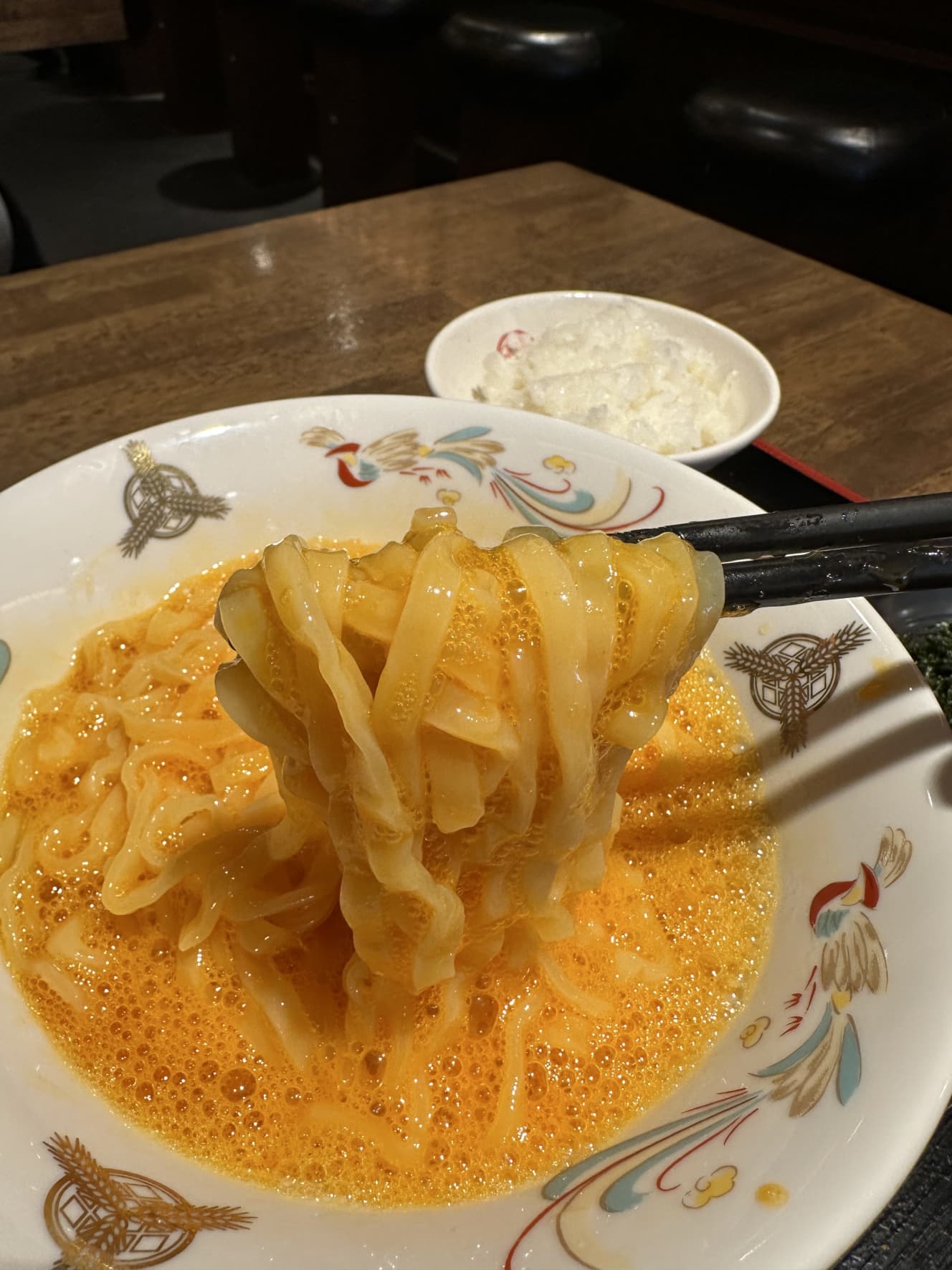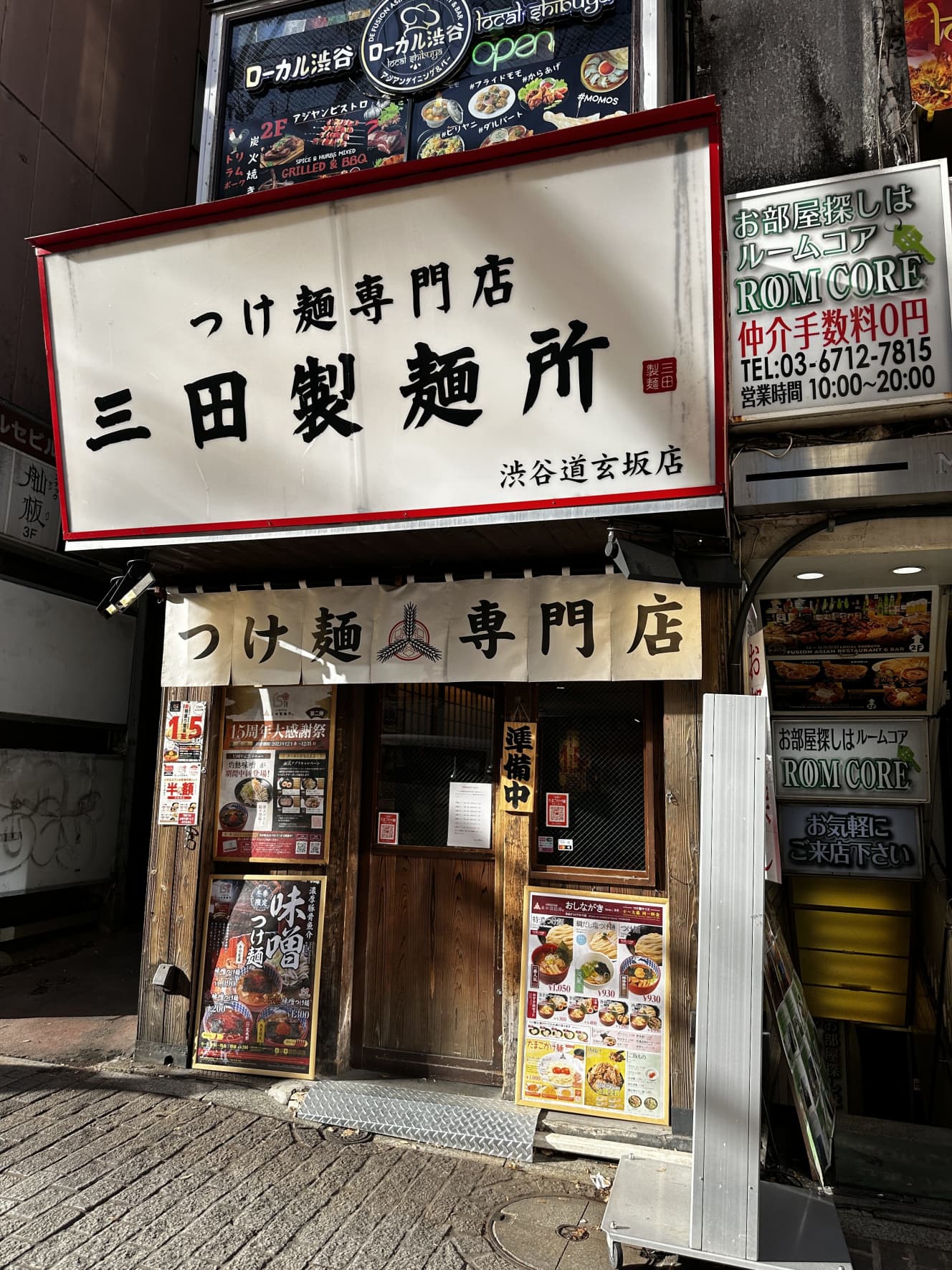TKG to TKM: Top 3 Tamago Kake Men Trends
If TKG is rice with egg, TKM is noodles with egg! The menu, which started in Kumagaya City, Saitama Prefecture, has become a nationwide boom. In the fall of 2011, the national tsukemen chain “Tsukemen Specialty Shop Mita Seimenjo” adopted it as their grand menu item.
There is a wide variety, from a kamatama udon-like approach to a junky oil-soba version, but all share the same simple goodness. Let us introduce three “TKM” ramen dishes that are attracting attention as a new ramen trend.
Golden Tiger (Kumagaya): The original TKM!
First, let’s visit Kumagaya, the birthplace of TKM! Kumagaya City is located in northern Saitama Prefecture and is one of the top wheat producing areas in the Kanto region. It is a place where the culture of flour products such as manju and udon has taken root. Tsukemen,” a type of ramen in which the deliciousness of the flour is tasted directly, is also gaining popularity.
Golden Tiger” has a strong presence in Kumagaya, the wheat noodle kingdom. With its two mainstays, thick tsukemen and TKM, young people, including junior high and high school students, line up every day for the restaurant.

This is the original “TKM” invented and named by Yosuke Kanazawa, who trained at a Tsukemen restaurant when he opened his first restaurant in 2006. Looking at the bowl placed on the counter, one can see that it is composed of only a whole egg on the center, noodles, and lemon as a topping. The owner’s message seems to be that he wants his customers to simply eat the eggs, noodles, and sauce.


First, let’s pull out only the noodles and bite into them plain. The noodles are firm, tightly packed in cold water, and have a wild crunchy texture. The noodles are made in house with a special twist, so you can enjoy the flavor of the wheat and the comfort of slurping. The noodles are stirred vigorously to blend in the egg yolk.
The sauce is based on dashi soy sauce. As I stirred, the sauce slowly spread over the entire bowl. The egg yolk and egg white acted as a lubricant.

The noodles are smooth and the whole egg boosts the richness of the noodles, and also supports the richness of the broth and soy sauce. The lemon flavor enhancer also enhances the flavor of the noodles themselves. The simple composition of the egg, sauce, and noodles is what makes the individual flavors come together so powerfully. The owner, Mr. Kanazawa, explains, “TKM is a menu where you can taste the deliciousness of the noodles! It is no wonder that the owner, Mr. Kanazawa, insists, “TKM is a menu where you can taste the deliciousness of the noodles!

Junky kamatama style! Eat up the voluminous noodle with gusto / Chinooka Soba Sen-no-Tori (Ikejiri-Ohashi)

Chuka-Soba Sen-no-Chicken opened in 2010 as the second brand of the famous gutsy restaurant “Senrigen” (Tohokuzawa). The soup is full of chicken flavor and the noodles are thick and handmade. The “Kamatama Aburasoba” is a limited menu item available only at night.
The noodles are served hot, and an egg yolk peeks out from the noodles. One would have thought that this was another TKM dish that would be served with noodles, egg, and sauce, but as one stirred the noodles with chopsticks, a hidden weapon lurking at the bottom of the noodle revealed itself!


The simple appearance of the noodle and egg yolk is transformed into an oyu-soba with a junky atmosphere! As I stirred the noodles, the egg yolk, sauce, and oil mixed well with the thick wavy noodles that “Chino Chicken” prides itself on.
The sauce is a combination of three kinds of soy sauce and high quality chicken oil, making it mellow and rich. The mellow aroma of the sauce is also wafted over the bowl. Chashu pork, pickled bamboo shoots, and chopped onion are the supporting ingredients, but they also function as textural accents as you slurp down the voluminous noodles. While enjoying the various ingredients, I was able to finish the dish without getting bored.
Looking around the restaurant, one can see male customers ordering beer and enjoying “Kamatama Aburasoba” with their food. ……TKG is a dish suitable for the morning, but TKM will also be a reliable friend for alcoholic beverages. Incidentally, this menu item can be ordered with “fried garlic” and “garimayo (garlic mayonnaise)” on a separate plate (free of charge). If you want to shift to a more junky direction, by all means, ask for them.


Airy egg bubbles coat the noodles! Tsukemen Specialty Shop Mita Seimenjo
Tsukemen Specialty Shop Mita Seimenjo opened its first store in Mita, Tokyo in 2008. It is loved for its total balance of thick tsukemen (dipping sauce) and supple, thick noodles, and has now expanded its network to 41 stores nationwide. This powerful tsukemen chain has now made TKM available as a menu item! In the week since its release in November 2011, 10,000 eggs have been consumed.

I immediately rushed to the Shibuya Dogenzaka branch and ordered the “egg noodles”. Two egg yolks were placed on top of a fluffy bowl of noodles! What a surprise! This is a double-egg TKM. The orange color of the egg yolks is very vivid to the eye, as the restaurant uses a premium brand of eggs. Expectations are rising for the attractive appearance of the eggs.

I boldly put my chopsticks into the plump yolk and stirred it vigorously. Mita Seirensho recommends “whisking” the egg yolk 30 times. Indeed, when stirred as if using a whisk, the egg yolk and noodles softly unite. The whole body of the noodle turned orange. I quickly slurped down the noodle, which had bubbles and a good wet texture!

The noodles are Mita Seimenjo’s signature flat noodles. The noodles are smooth like fettuccine and glide smoothly in the mouth, a truly delightful finish. The whipped egg yolk coating further enhances the texture and feel of the noodles on the tongue and down the throat. The taste and texture are enhanced by the whipped egg yolk, and the dish quickly travels through the mouth from the tip of the chopsticks.
The special sauce made from sea bream, dried bonito flakes, kelp, and shiitake mushrooms and the egg go devilishly well with the sensual noodles! Enjoy the rich texture and multiple tastes of this dish.




After enjoying the truffle oil, oyster dashi soy sauce, and nori bara, finish with a small bowl of rice. You will be able to fully enjoy the truffle aroma and the egg sauce with rose nori. You can enjoy the dish as a course and finish it off with a TKG. This is a gem that has been meticulously thought out not only in terms of taste, but also in terms of entertainment while eating and post-meal satisfaction. It is no wonder that it has gained overwhelming support.

From “Golden Tiger’s” original TKM, which brings to the forefront the unique flavor of cold-water-cured noodles, to the powerfully designed “Sen-no Chicken’s” Kamatama Aburasoba, and “Mita Seimenjo’s” egg-kake-men, which fascinates with its roller-coaster-like flavor changes. The three restaurants introduced three different types of “egg-kake-men,” all of which make full use of the richness and lubricating power of eggs, while at the same time offering a direct taste of the noodles’ goodness and slurpiness.
In the ramen world today, not only homemade noodles pursued by artisans, but also noodles made at noodle mills, where innovation is advancing, continue to evolve tirelessly, and the perfection of “noodles” is increasing at an accelerating pace. Seiro” for soba (buckwheat noodles) and “kama-age udon” for udon are known as styles in which the taste of the noodle itself can be enjoyed.
With the improvement in the quality of noodles, the soup-less style of ramen has spread to include tsukemen (dipping noodles) and aburasoba (fried noodles), and TKM is further perfecting a minimalist style in which the noodles, sauce, and egg are the only ingredients used. We hope that you will experience the famous combination of egg and noodle that transcends trends.
Interview, text, and photographs: Masataka Sasaki
Representative of Kids Factory. He has edited several ramen books, including "Hideyuki Ishigami Ramen Selection" (Futabasha), "The Industry's Highest Authority TRY Certified Ramen Grand Prize" (Kodansha), "Ramen Saikyou Unchiku Ishigami Hideyuki" (Shinyusha), and "Solanoiro Chihiro Miyazaki's Ramen Theory" (Shibata Shoten). He loves ramen, and his motto is "Be a pervert in your quest for ramen, but be a gentleman in your behavior.